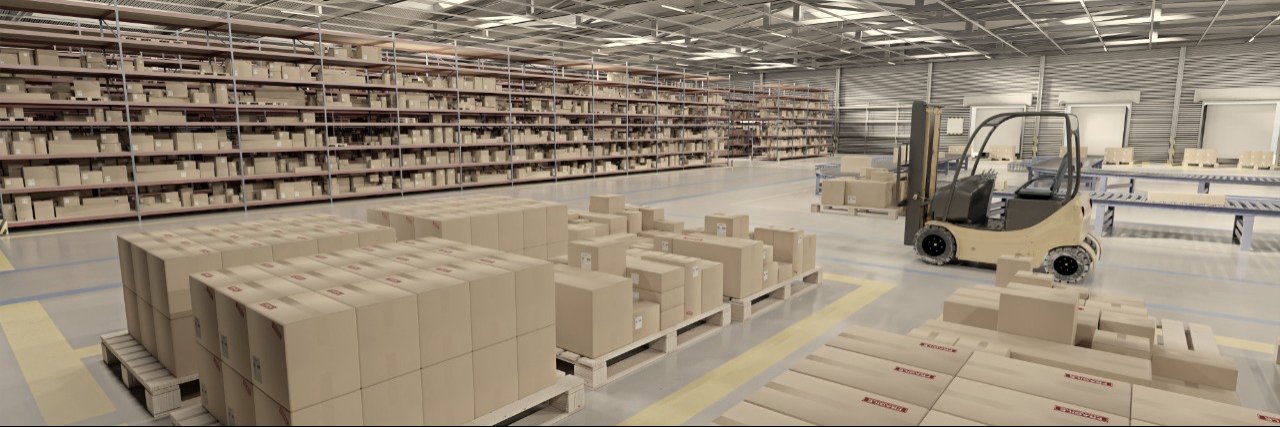E-Commerce: Growth without a flood of returns

Communication is key
As in many other areas, communication is often the key to success in customer relations. Many online retailers consider the Customer Experience complete once the open invoice is paid. Only a few try to maintain contact with the customer beyond this point – a big mistake! Especially unhappy customers can often be retained through close communication and ideally won over with a positive experience. Digital return management solutions address exactly this point. They guide the user through a potential return process with intelligent assistance, thereby increasing customer satisfaction. If a customer feels well taken care of in case of problems, the chance that they will return is significantly higher.
Inserts are so "Last century"
Despite this opportunity, the vast majority of mail-order retailers still use the insert as the preferred form of return. This suggests two things to their customers: We don't trust you with a digital return process – and besides, we are only peripherally interested in your problem. It also doesn't portray the image of an innovative company. The Returns Report by Trusted Returns shows that customers are willing to forgo a return if the retailer shows them other ways. If the product does not meet the customer's expectations, a discount might convince them to keep the product. If they still want to return it, a value voucher could be offered. This keeps the revenue in the company and increases customer loyalty. If a customer has problems using the product properly, direct advice can counteract the return.
Always keeping an eye on returns
Moreover, the insert motivates customers to make impulse returns. These are quite dependent on mood and occur more often than one might think. An unsatisfied customer, left alone by the insert, gets the impression that they don't need to worry about the goods once they hand over the package to the shipping company. This misconception needs to be dispelled: once the package is sent, the customer has neither the goods nor the money. Furthermore, they only receive a message when the goods arrive at the warehouse. The refund is made once the goods are on-site – which can take several days. With transparent communication between customer and retailer via a platform, the retailer knows about the return before the logistics company even has the goods.
Is the return really necessary?
In direct exchange with the customer, the retailer also has the opportunity to gather more information about the goods: if the product is still in original condition or can be perceived as new with little effort, the return to the warehouse is worthwhile. In contrast, heavily damaged goods can be disposed of directly by the customer. This saves carrier costs and speeds up the process. By reducing the number of packages stored that still need to be checked individually, retailers also save on excess personnel and storage costs.
If the customer can imagine reselling the product on a secondary platform, the return becomes obsolete. In this case, the return process is even simpler: the retailer only needs to ensure that the price difference is refunded – the rest is up to the customer. The fundamental question should be: is the warehouse the final destination, or does it need to go, for example, to a repair warehouse? The earlier this question is answered, the sooner the retailer can take appropriate measures and make the journey of the goods more efficient. Here again, a return management platform helps to make processes more transparent.
Preventing returns
For online retailers, this form of communication offers another great opportunity: learning from past problems, they can prevent some returns in advance. If several customers cite misleading or poor product descriptions as the reason for return, it is easy for the retailer to change these descriptions. In contrast, inserts are often unsatisfactorily filled out by the retailer, so they don't know the real reason for the return. A platform can be set up so that consumers are motivated to provide a reason. This motivational support is missing with the insert.
It also often happens that customers make selection orders, ordering the same product in different configurations and sending back what they don't need. The Returns Report by Trusted Returns reveals that customers can be prompted to rethink before completing the purchase if they have multiple orders of the same product. Especially regarding sustainability, there is also the possibility to show the customer before initiating the return the CO2 impact of their return shipment. This too prompts the customer to think.
Especially with wave-like buying behavior around seasonal events like Christmas, retailers can be overwhelmed by returns during peak times. Experience shows: communication and transparency even after the purchase contribute significantly to minimizing the volume of returns. With digital return platforms, online retailers can easily scale the return management process and simultaneously deploy their personnel more targeted. If they make the leap to scalable and transparent customer communication, they can protect themselves from the next wave.